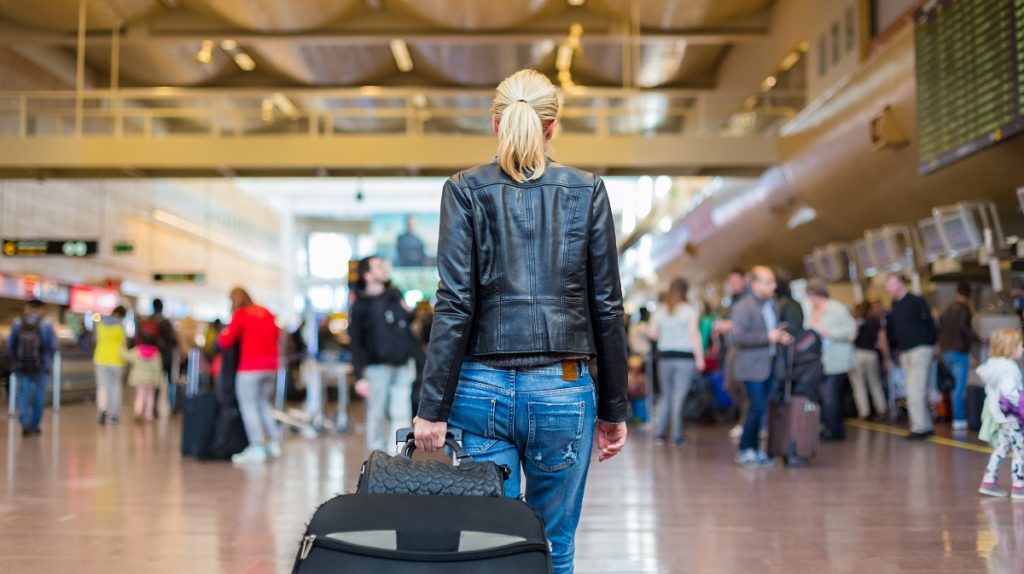Before budget air travel became the norm, airports were unique places. With flights being expensive, it was reserved only for the middle class and above or those with very infrequent special trips. Now, taking a plane is as normal as taking a long-distance train journey. But the airports themselves were drab, lifeless structures with the magic came from the adventure you were about to have. That has changed, and now international airports vie with each other to be the best airport in the world.
Changi Leading the Way
Changi International Airport in Singapore has won the prestigious Skytrax Award for the best international airport for seven consecutive years. Some of the amenities and services are so good that it’s worth booking a flight itinerary with a long layover to enjoy them. There are also plenty of hotels near and at the airport.
So what are they doing right?
They include facilities that aren’t usually found in other airports. For instance, there are three separate gardens for butterflies, cacti, and sunflowers that people can visit. To add one such place is an excellent idea. With three, you’ve gone out of your way to incorporate a sense of nature to what is a massive human processing and logistics plant.
There’s so much to do that’s free in the airport: free massages, free games rooms with state-of-the-art platforms, and even a cinema where you can watch for free. These amenities are enjoyable for budget-conscious travellers who hate the over-priced, sub-par quality of facilities they usually have to avoid. If you have the time, there are also free tours of Singapore.
Other airports are catching on and catching up, but as of now, Changi is the airport others aspire to emulate.

Airports Innovations to Come
Technology will be more integrated into the fabric of how our airports operate. That can mean quicker and less overtly invasive security and search procedures. Soon, tagging and digital identification can streamline checking in and boarding, making it much less arduous. A highly automated airport would be more efficient and make the travel experience more pleasant.
Having completely integrated airports from around the world, sharing vast amounts of data means less confusion and better strategic planning. That would result in less confusion, fewer delays, and passengers always in the know about the status of their flight.
A Slight Detour
The continual increase in air travel looked set to fuel the rapid improvement in airport design around the world, then abruptly, it stopped. The coronavirus pandemic has cast a shadow across normal activities around the globe, and air travel has been struck hard. Many airlines face bankruptcy, and no one knows if we will recover quickly or if it will take years to return to cheap unrestricted travel. It may be the case that air travel and, subsequently, airports will never be the same again.
Instead of technology and philosophy turning towards making airports more pleasurable, it can transform them into places of cranked-up security measures with heavy restrictions.
Airports are transforming themselves from dreary transport plants to havens that are part of a pleasurable journey. Even if the pandemic alters airport design and operations, airports will hopefully continue to champion the user experience and pleasure.




